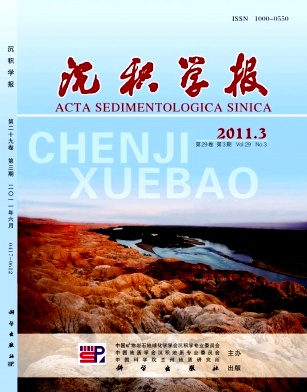Analysis of Tectonic Sedimentory Setting in Middle and Upper Triassic in the West Margin of the Ordos Basin
- Received Date: 1900-01-01
- Rev Recd Date: 1900-01-01
- Publish Date: 2011-06-10
-
Key words:
- Upper Triassic /
- detrital fragments /
- heavy mineral assemblage /
- geochemistry /
- provenance /
- tectonic sedimentary setting
Abstract: Many geologists have paid attention to the west margin of Ordos basin for a long time, the provenance and tectonicsedimenary setting are still controversial. Based on the data analysis of sandstone detrital fragments, heavy mineral assemblages, geochemistry, composition of conglomerates, paleocurrent and tectonic deformation, it is indicated that the provenance and tectonicsediment setting is different in different areas in the west margin of Ordos basin. The deposition of the Upper Triassic in Helan Moutain occurred in craton, and its source areas belonged to the Alxa massif and Bayanhaote Basin, paleocurrent was from west to east, sedimentary setting is from fandelt to lake setting and Helan Moutain was rift basin in the Upper Triassic. The Upper Triassic sedimentation is tremendous, about 3 000 m in Shigouyi area.There are mainly feldspathic sandstone of this sedimentation, the provenance belonged to the Alxa massif, and paleocurrent was from northwest to southeast and Shigouyi area, and sedimentary setting was braidedriver setting. Shigouyi was downfaulted basin in Upper Triassic. The provenance belonged to QinlingQilianshan orogenic zone and stratum in CedipoHuating area, paleocurrent was from southwest to northeast, sedimentary setting was alluvial fan. CedipoHuating area was foreland basin in Upper Triassic. Based on the comprehensive analysis, it is suggested that the provenance and tectonicsedimentation was different in different areas in the west margin of Ordos basin, and being not uniform foreland basin simply.
| Citation: | YANG Hua. Analysis of Tectonic Sedimentory Setting in Middle and Upper Triassic in the West Margin of the Ordos Basin[J]. Acta Sedimentologica Sinica, 2011, 29(3): 427-439. |






 DownLoad:
DownLoad: